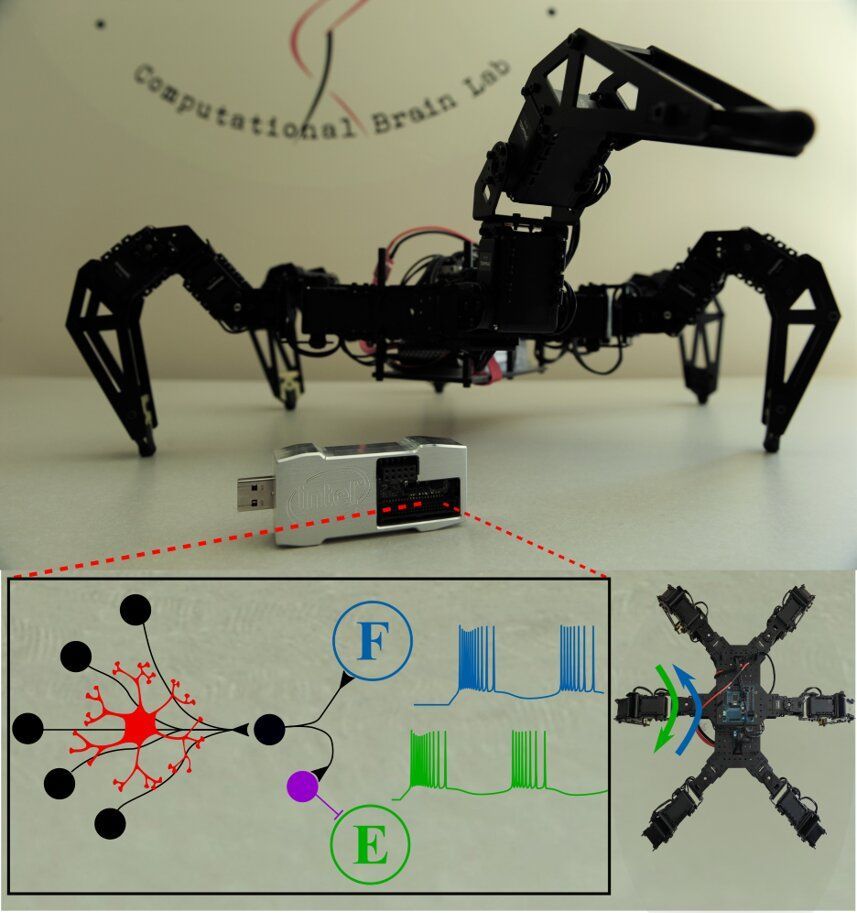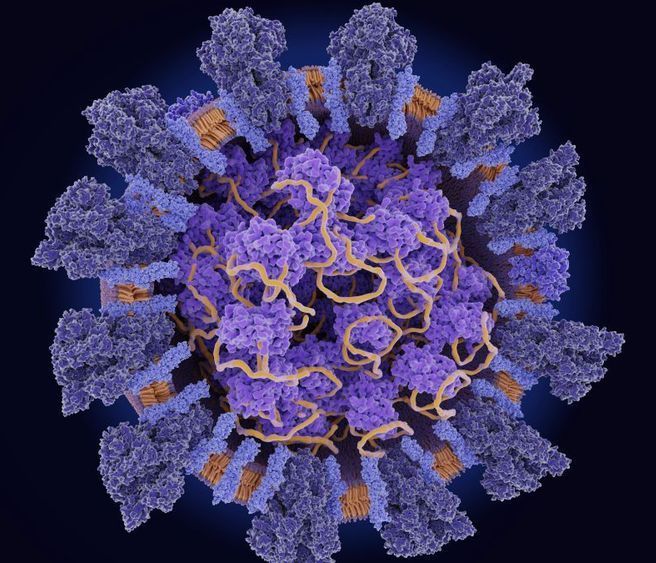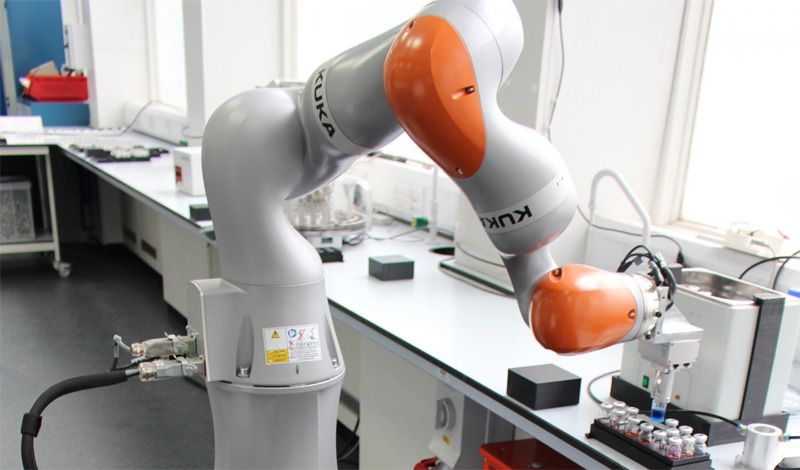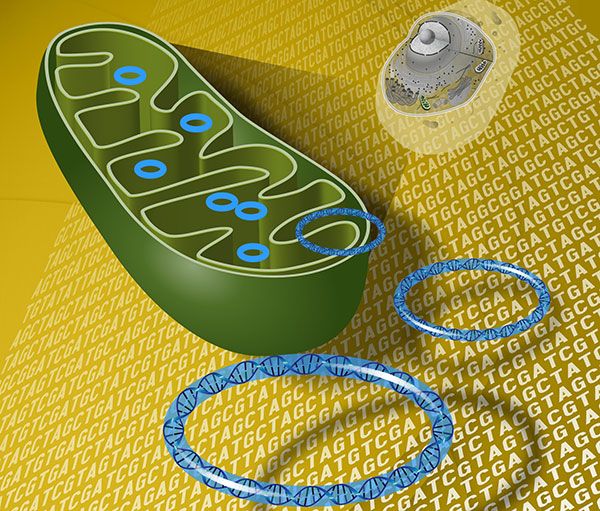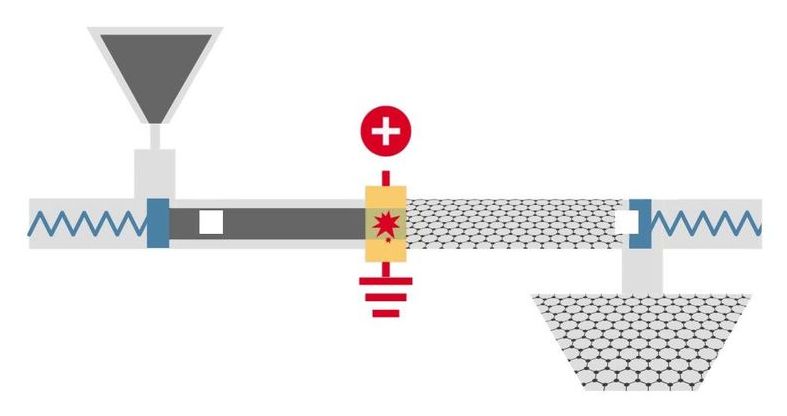Address to: Earth, Solar System, Milky Way, Local Group cluster, Virgo cluster, Laniakea supercluster.
Our Parker Solar Probe was at the right place at the right time to capture a unique view of comet #NEOWISE on July 5. Parker Solar Probe’s position in space gave the spacecraft an unmatched view of the comet’s twin tails when it was particularly active just after its closest approach to the Sun, called perihelion. https://go.nasa.gov/3fkqTdm
The first image is unprocessed data from Parker Solar Probe’s WISPR instrument, which takes images of the Sun’s outer atmosphere and solar wind in visible light.
The twin tails of comet NEOWISE are seen more clearly in the second image. This version of the image has been processed to increase contrast and remove excess brightness from scattered sunlight, revealing more detail in the comet tails.
“I have seen my fair share of spacecraft being lifted onto rockets,” said John McNamee, project manager for the Mars 2020 Perseverance rover mission at NASA’s Jet Propulsion Laboratory in Southern California. “But this one is special because there are so many people who contributed to this moment. To each one of them I want to say, we got here together, and we’ll make it to Mars the same way.”
With the mating of spacecraft and booster complete, the final testing of the two (separately and as one unit) will be underway. Then two days before the July 30 launch, the Atlas V will leave the Vertical Integration Facility for good. Traveling by rail, it will cover the 1,800 feet (550 meters) to the launch pad in about 40 minutes. From there, Perseverance has about seven months and 290 million miles (467 million kilometers) to go before arriving at Mars.
Neurons, specialized cells that transmit nerve impulses, have long been known to be a vital element for the functioning of the human brain. Over the past century, however, neuroscience research has given rise to the false belief that neurons are the only cells that can process and learn information. This misconception or ‘neurocomputing dogma’ is far from true.
An astrocyte is a different type of brain cell that has recently been found to do a lot more than merely fill up spaces between neurons, as researchers believed for over a century. Studies are finding that these cells also play key roles in brain functions, including learning and central pattern generation (CPG), which is the basis for critical rhythmic behaviors such as breathing and walking.
Although astrocytes are now known to underlie numerous brain functions, most existing computer systems inspired by the human brain only target the structure and function of neurons. Aware of this gap in existing literature, researchers at Rutgers University are developing brain-inspired algorithms that also account for and replicate the functions of astrocytes. In a paper pre-published on arXiv and set to be presented at the ICONS 2020 Conference in July, they introduce a neuromorphic central pattern generator (CPG) modulated by artificial astrocytes that successfully entrained several rhythmic walking behaviors in their in-house robots.
A federal court on Friday upheld a regulation that removes barriers to electric grid-level batteries that store electricity.
The regulation in question requires that grid operators treat storage similar to the way power plants are treated. It was promulgated in 2018 by the Federal Energy Regulatory Commission (FERC).
A SARS-CoV-2 variant has taken over the world, but it’s not clear whether the coronavirus mutation is highly transmissible or just lucky.
The robot seen here can work almost 24–7, carrying out experiments by itself. The automated scientist – the first of its kind – can make its own decisions about which chemistry experiments to perform next, and has already discovered a new catalyst.
With humanoid dimensions, and working in a standard laboratory, it uses instruments much like a human does. Unlike a real person, however, this 400 kg robot has infinite patience, and works for 21.5 hours each day, pausing only to recharge its battery.
This new technology – reported in the journal Nature and featured on the front cover – is designed to tackle problems of a scale and complexity that are currently beyond our grasp. New drug formulations could be autonomously discovered, for example, by searching vast and unexplored chemical spaces.
The solution was to split the protein into two harmless halves. Liu’s team, led by graduate student Beverly Mok, used 3D imaging data from the Mougous lab to work out how to divide the protein into two pieces. Each piece did nothing on its own, but when reunited, they reconstituted the protein’s full activity. The team fused each deaminase half to customizable DNA-targeting proteins that did not require guide RNAs. Those proteins bound to specific stretches of DNA, bringing the two halves of the deaminase together. That let the molecule regain its function and work as a precision gene editor—but only once it was correctly positioned.
Liu’s team used the technology to make precise changes to specific mitochondrial genes. Then, Mootha’s lab, which focuses on mitochondrial biology, ran tests to see whether the edits had the intended effect. “You could imagine that if you’re introducing editing machinery into the mitochondria, you might accidentally cause some sort of a catastrophe,” Mootha said. “But it was very clean.” The entire mitochondrion functioned well, except for the one part the scientists intentionally edited, he explained.
This mitochondrial base editor is just the beginning, Mougous suggested. It can change one of the four DNA letters into another. He hopes to find additional deaminases that he and Liu can develop into editors able to make other mitochondrial DNA alterations. Such tools could enable new strategies for treating mitochondrial diseases, as well as help scientists to model diseases and aid in drug testing. “The ability to precisely install or correct pathogenic mutations could accelerate the modeling of diseases caused by mtDNA mutations, facilitate preclinical drug candidate testing, and potentially enable therapeutic approaches that directly correct pathogenic mtDNA mutations,” the authors noted. “Bacterial genomes contain various uncharacterized deaminases, raising the possibility that some may possess unique activities that enable new genome-editing capabilities.”
Designed with former elite military operatives, the Ceramic Clothing System from Vollebak is as hardcore as any extreme conditions you might encounter. It boasts a three-part layering system that is the first in the world to use ceramic technology to make their T-Shirt, Baselayer, and Midlayer. All three are abrasion resistant yet soft, stretchy, breathable and as comfy as your favorite sports clothing. And each Ceramic layer is embedded with over 100,000 particles that can’t be scratched off or washed away.



